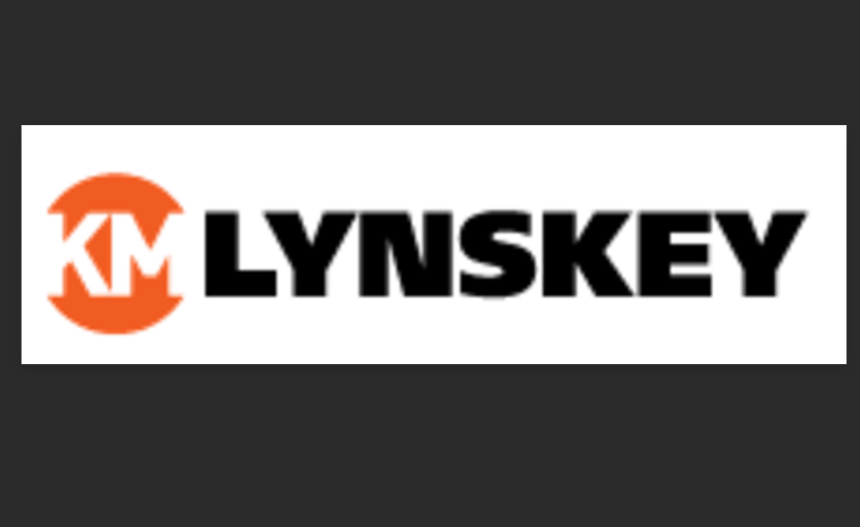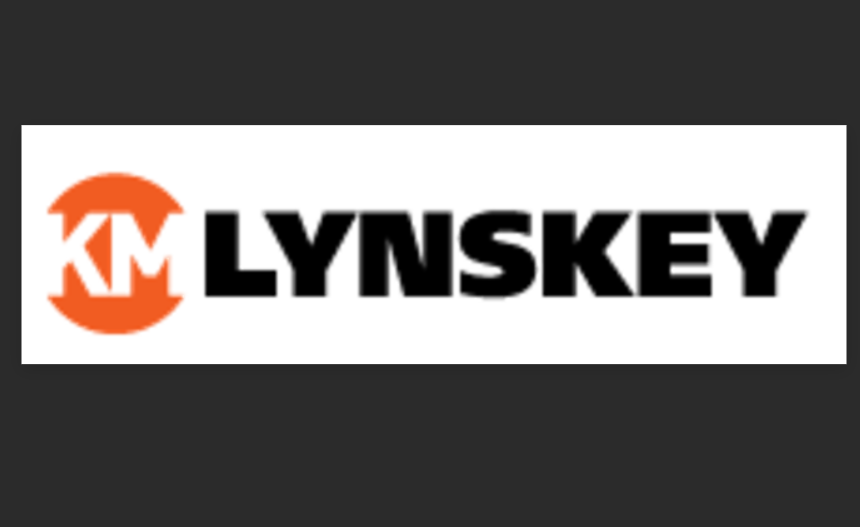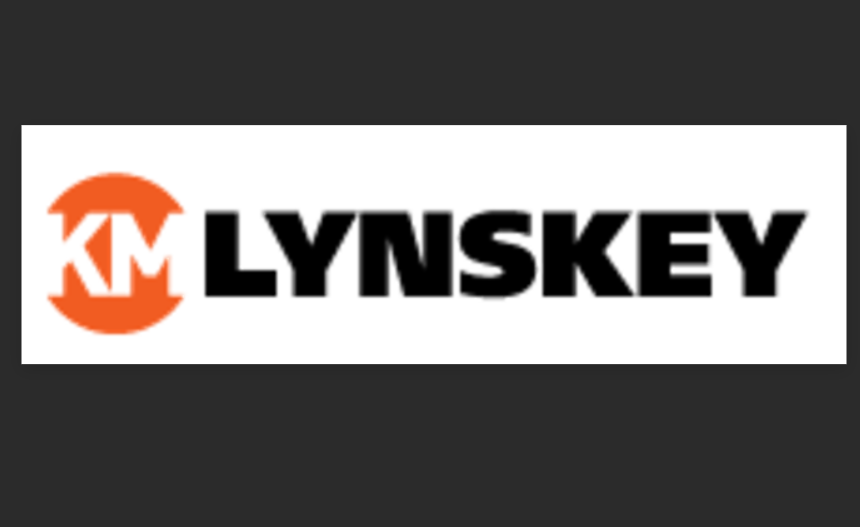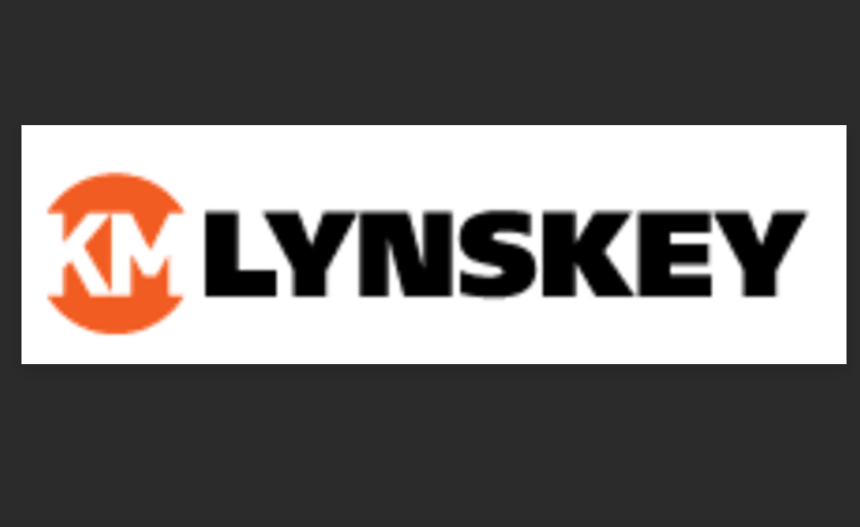Title Page
-
Site conducted
-
Date & Time of Inspection
-
Inspector
-
Location
Inspection Scoring Guide:
-
0 – Gross Failure. 1 – Major Non-compliance. 2 – Minor Non-compliance. 3 – Compliant. 4 – Good. 5 - Excellent
-
0 – Gross Failure.
1 – Major Non-compliance.
2 – Minor Non-compliance.
3 – Compliant.
4 – Good.
5 - Excellent.
* = As per previous report -
Present
Housekeeping & Access
-
Is there good housekeeping with no materials, debris or cables causing trip or slip hazards? Adequate supply of bins and skips? All must be appropriately signed for their intended contents.
- 0
- 1
- 2
- 3
- 4
- 5
- N/A
-
Is there safe access and egress throughout?
- 0
- 1
- 2
- 3
- 4
- 5
- N/A
-
Is general and task lighting sufficient in all areas?
- 0
- 1
- 2
- 3
- 4
- 5
- N/A
Work at Height
-
Are there any risks of falling objects on site?
- 0
- 1
- 2
- 3
- 4
- 5
- N/A
-
Has all work at height equipment been inspected within the past 7 days? (e.g. scaffolds, ladders , harnesses, etc)
- 0
- 1
- 2
- 3
- 4
- 5
- N/A
-
Podium Steps / Mobile Scaffolds - erected correctly, wheels locked, scafftags in use, platform empty when being moved?
- 0
- 1
- 2
- 3
- 4
- 5
- N/A
-
Are MEWPs being operated by trained operators, with exclusion zone in place, wearing correct PPE?
- 0
- 1
- 2
- 3
- 4
- 5
- N/A
Personal Protective Equipment (PPE)
-
Are all personnel wearing mandatory PPE? Is PPE in good condition and worn correctly?
- 0
- 1
- 2
- 3
- 4
- 5
- N/A
-
Is suitable grade of eye protection being used when required (i.e. light protection or full goggles)?
- 0
- 1
- 2
- 3
- 4
- 5
- N/A
-
Respiratory Protection (RPE) - correct type of RPE worn for works being undertaken?
- 0
- 1
- 2
- 3
- 4
- 5
- N/A
Plant, Machinery & Electrical Safety
-
Are thorough examination certs for plant on file? Are weekly inspections completed for all plant & equipment? (e.g. forklifts, etc.)
- 0
- 1
- 2
- 3
- 4
- 5
- N/A
-
Are all plant operators suitably trained?
- 0
- 1
- 2
- 3
- 4
- 5
- N/A
-
Are operators wearing seat-belts where provided? Are flashing beacons and reversing beepers working on all plant?
- 0
- 1
- 2
- 3
- 4
- 5
- N/A
-
Tools: electrical tools and equipment only 110v, visually inspected and regularly tested by competent person (PAT)? Cables and leads in good condition, protected from damage and not trailing to present a trip hazard? Hand tools used safely?
- 0
- 1
- 2
- 3
- 4
- 5
- N/A
-
All dangerous parts guarded? (e.g. abrasive wheels, gears, drives, etc). Emergency Stop buttons working on all machines?
- 0
- 1
- 2
- 3
- 4
- 5
- N/A
-
Is there clearly defined access for all vehicles, with pedestrians segregated wherever possible?
- 0
- 1
- 2
- 3
- 4
- 5
- N/A
Fire & Emergency
-
Fire Points - in place with adequate number of extinguishers, signage and means of raising alarm in place? Have extinguishers been inspected within last year?
- 0
- 1
- 2
- 3
- 4
- 5
- N/A
-
Is emergency equipment in place? (e.g. First Aid Kits, Eye wash, Spill Kit). Qualified first aider on site, identifiable with helmet sticker?
- 0
- 1
- 2
- 3
- 4
- 5
- N/A
-
Do any combustible materials post a significant risk? (e.g. LPG, paints, timber, waste packaging, etc). Is smoking being controlled?
- 0
- 1
- 2
- 3
- 4
- 5
- N/A
-
Are hot works operations being safely managed? Trained operatives, permit in place, necessary PPE, extinguishers in place, etc.
- 0
- 1
- 2
- 3
- 4
- 5
- N/A
Health & Welfare
-
Are canteen, toilet and drying facilities adequate and in good condition at time of inspection?
- 0
- 1
- 2
- 3
- 4
- 5
- N/A
-
Is exposure to dust being managed effectively? Eliminating via design and planning, control dust (e.g. on-tool extraction, wetting down), RPE provision and use.
- 0
- 1
- 2
- 3
- 4
- 5
- N/A
-
Can noise be reduced by using different working methods or selecting quieter plant? Are people not involved in the work kept away from sources of noise? Is hearing protection in use for noisy operations?
- 0
- 1
- 2
- 3
- 4
- 5
- N/A
-
Is Manual Handling being avoided by using mechanical means (e.g. forklift) or reduced by use of lifting aids (e.g. trollies)?
- 0
- 1
- 2
- 3
- 4
- 5
- N/A
Lifting Operations
-
Is all lifting equipment in good working order with a thorough examination certificate in place for all lifting appliances (e.g. cranes, MEWPs) and lifting gear (e.g. chains)?
- 0
- 1
- 2
- 3
- 4
- 5
- N/A
-
Cranes and forklift inspected weekly?
- 0
- 1
- 2
- 3
- 4
- 5
- N/A
-
Are safe lifting practices being followed?
- 0
- 1
- 2
- 3
- 4
- 5
- N/A
Storage of Materials / Chemical Safety
-
Are materials stored/stacked safely? Are pipes and tubes securely wedged or choked to prevent accidental movement?
- 0
- 1
- 2
- 3
- 4
- 5
- N/A
-
Are hazardous substances suitably managed, e.g. flammable liquids bunded and covered, SDS sheets present, PPE, disposal, etc.
- 0
- 1
- 2
- 3
- 4
- 5
- N/A
-
Are gas bottles stored in cages and removed from areas posing risk?
- 0
- 1
- 2
- 3
- 4
- 5
- N/A
Management of Contractors & Visitors
-
Have visitors and contractors accessing the site signed-in and out daily?
- 0
- 1
- 2
- 3
- 4
- 5
- N/A
-
Have all contractor's operatives on site received the ESS induction with details of training card recorded?
- 0
- 1
- 2
- 3
- 4
- 5
- N/A
-
Have RA/MS and SPAs been approved and signed by operatives for all contractors currently on-site?
- 0
- 1
- 2
- 3
- 4
- 5
- N/A
-
Modern Slavery: confirm there were there no signs that workers on site are being kept in servitude? For example evidence of workplace used for accommodation, workers look unkempt or malnourished or evidence of control of movement.
Environmental
-
Waste: Are signs in place on skips? Are materials segregated as appropriate? Copies of relevant permits and licenses for contractor removing waste?
- 0
- 1
- 2
- 3
- 4
- 5
- N/A
-
Spills: Are spill kits available in relevant areas? Have there been any spillages of hazardous substances? If so was the emergency procedures for oil spillages followed?
- 0
- 1
- 2
- 3
- 4
- 5
- N/A
-
Hazardous Substances: stored and labelled properly? Are proper measures to control oil spillage during maintenance or to control other chemicals spillage? (e.g. provide drip trays). Are drip trays free of oil and water?
- 0
- 1
- 2
- 3
- 4
- 5
- N/A
-
Inspect bunds visually – still impervious and in good condition (e.g. free from corrosion, damage, etc).
- 0
- 1
- 2
- 3
- 4
- 5
- N/A
Worker Engagement / Safety Management
-
Consultation - Safety Observation System in use via QR codes? Safety Rewards issued for operatives? Weekly EH&S toolbox talks held with operatives?
- 0
- 1
- 2
- 3
- 4
- 5
- N/A
-
Have there been any accidents / near misses in since the last inspection?
- 0
- 1
- 2
- 3
- 4
- 5
- N/A
-
Production Managers completing formal H&S inspections fortnightly? Findings of previous EHS Advisor inspections closed out?
- 0
- 1
- 2
- 3
- 4
- 5
- N/A
Summary of Inspection
-
undefined
SIGN OFF
-
Inspectors Name & Signature















